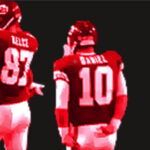Music has an incredible power to transform personal experiences into universal anthems. Few songs exemplify this better than “Dancing in the Moonlight,” a hit for King Harvest in the 1970s that continues to resonate today. But behind its upbeat melody and feel-good lyrics lies a story of trauma, resilience, and the imaginative escape that music can provide. This is the story of how Sherman Kelly penned this iconic song, a tale far removed from the joyous imagery it evokes.
This story begins not on a dance floor bathed in moonbeams, but in the darkness of a Caribbean night. Sherman Kelly, the songwriter behind “Dancing in the Moonlight,” recounted the song’s unexpected origins in a recent interview. It wasn’t a scene of revelry that inspired him, but rather a harrowing experience that forced him to envision “a better world.”
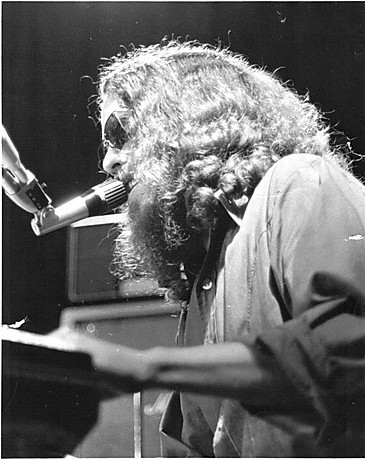 Sherman Kelly onstage in the 1970s.
Sherman Kelly onstage in the 1970s.
In 1969, Kelly was running a nightclub in St. Thomas, Virgin Islands. A day trip to St. Croix on a rented yacht took a disastrous turn when Kelly succumbed to severe seasickness, along with his girlfriend. Upon reaching St. Croix, while their companions went ashore for dinner, Kelly and his girlfriend, still unwell, decided to skip the meal and stay off the swaying yacht for the night.
However, in his disoriented state, Kelly had left his wallet on the boat. Penniless, they sought lodging at a local inn, hoping to settle the bill in the morning. The innkeeper’s repulsive proposition forced them to seek shelter elsewhere. With no other options, Kelly’s girlfriend suggested they spend the night on the beach.
“It’s a beautiful night. Why don’t we just stretch out on the beach?” she said, as Kelly recalls. This seemingly romantic notion soon devolved into a nightmare.
“And that’s all I remember very clearly,” Kelly admitted, the memory still stark despite the passage of time.
What followed was a brutal attack. Kelly and his girlfriend became victims of a vicious street gang. He was brutally beaten, and his girlfriend suffered a horrific assault. Amidst the violence, Kelly momentarily regained consciousness and fought back, his resistance startling the attackers enough to make them flee.
Injured and disoriented, they stumbled towards the lights along the shore, eventually reaching the only hospital in St. Croix. They were believed to be among the first victims of the infamous Fountain Valley Gang, notorious for their later devastating attack on tourists in 1972, which crippled St. Croix’s tourism industry for years.
Kelly’s condition was critical. “I woke up to the sound of my hospital roommate screaming in pain,” he recounted. The grim prognosis from the doctors – “‘No, I doubt it,” said one doctor about his chances of survival – underscored the severity of his injuries.
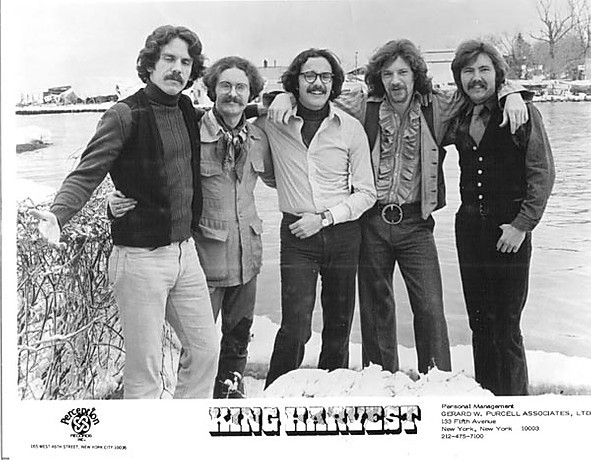 King Harvest in 1972.
King Harvest in 1972.
Miraculously, Kelly survived. After days in the St. Croix hospital, he returned to St. Thomas and then to New York, where he underwent further medical treatment to repair the extensive damage to his face and body.
Back home in Ithaca, New York, still recovering from his injuries and enduring constant pain, Kelly found solace in songwriting. It was during this period of convalescence, grappling with the trauma he had endured, that the seeds of “Dancing in the Moonlight” were sown.
“I envisioned an alternate reality, the dream of a peaceful and joyous celebration of life,” Kelly explained. “It was just me imagining a better world than the one I had just experienced in St. Croix.” From a horrific ordeal emerged a song celebrating joy and escapism.
The initial reception to “Dancing in the Moonlight” was overwhelmingly positive. “It was amazing. People liked the song right from the start. I liked it, but I wouldn’t have predicted that it would become a big hit,” Kelly reflected.
However, King Harvest wasn’t the first to record the song. Prior to King Harvest’s success, Kelly was part of a band called Boffalongo. In 1970, “Dancing in the Moonlight” appeared on Boffalongo’s album “Beyond Your Head,” featuring Kelly on vocals. He is self-deprecating about his vocal performance on this version, citing a negative experience in the recording studio.
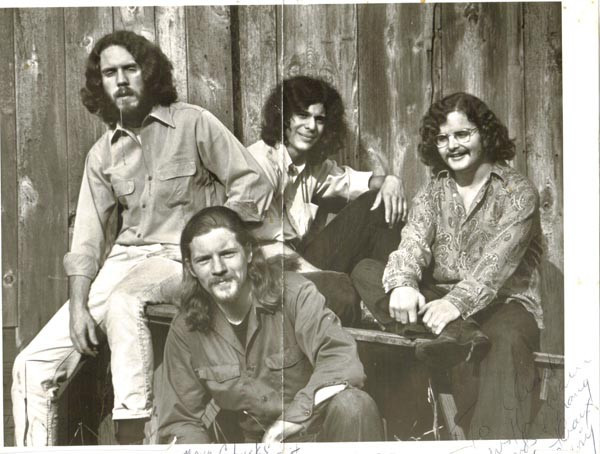 Boffalongo, circa 1970.
Boffalongo, circa 1970.
“The first time I was in a recording studio for that version, we had these producers who thought it was a good idea to give me cocaine,” Kelly revealed. He described a chaotic and detrimental recording environment that resulted in a vocal performance he deemed “horrible.” Despite this, Boffalongo’s version gained regional popularity. Another group, High Broom, also recorded the song in 1970, but it didn’t chart.
When Boffalongo disbanded, Kelly’s brother, Wells Kelly, joined King Harvest, which included Doc Robinson, also a former member of Boffalongo. Wells introduced “Dancing in the Moonlight” to King Harvest.
King Harvest’s rendition, with Robinson on lead vocals, became the definitive version, released as a single in 1972. It soared up the charts, reaching No. 10 on the Cash Box Top 100 and No. 13 on the Billboard Hot 100, cementing its place as a timeless hit.
King Harvest invited Sherman Kelly to tour with them in the summer of 1972. He joined them on stage, providing harmonies while Robinson handled the lead vocals for “Dancing in the Moonlight.” Kelly humorously recalls a critic’s assessment: “‘As a singer, Sherman Kelly is not too bad of a songwriter.’ That was amusing, and true.”
Despite the excitement of touring with a hit song, the realities of life on the road quickly wore thin for Kelly. “Life on the road is ridiculous. I didn’t really care for it after awhile,” he admitted. His tenure with King Harvest was brief.
Wells Kelly later formed Orleans with John Hall and Larry Hoppen, another Boffalongo alumnus. Orleans also recorded “Dancing in the Moonlight,” further popularizing the song. Even today, Orleans, featuring John Hall and Larry Hoppen’s brothers, continues to perform “Dancing in the Moonlight” in their sets, keeping the song alive for new generations. Larry Hoppen passed away in 2012, but his musical legacy endures.
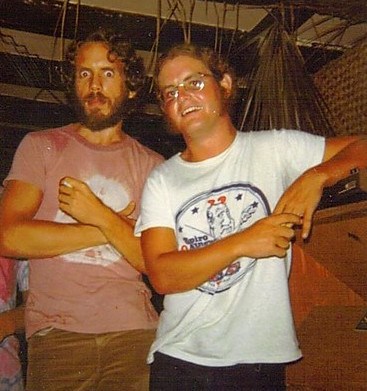 Sherman Kelly, left, and Larry Hoppen, who would go on to form the band Orleans.
Sherman Kelly, left, and Larry Hoppen, who would go on to form the band Orleans.
Sherman Kelly’s path diverged from the relentless touring life. A Cornell University graduate with degrees in psychology and English, he pursued further studies in Paris, Switzerland, and New York City. Following the tragic death of his brother Wells in 1984, Kelly stepped away from the music industry, finding solace and purpose in psychotherapy. He earned a master’s degree in social work and dedicated many years to helping others as a psychotherapist.
However, music remained a part of him. In 2008, he released “Burnin’ the Candle,” an album featuring collaborations with his late brother. The enduring appeal of “Dancing in the Moonlight” was further amplified in 2000 when Toploader’s cover became another hit. The song has also graced numerous films and television shows, and was featured in the video game “Guardians of the Galaxy: The Telltale Series” in 2017.
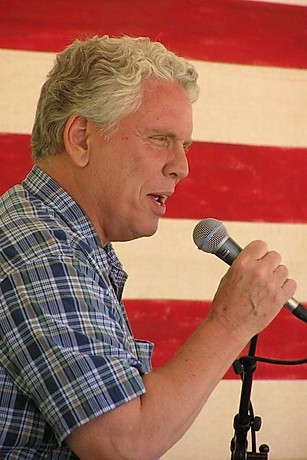 Sherman Kelly today.
Sherman Kelly today.
From its dark origins in a traumatic assault to its transformation into a beloved song of joy and escape, “Dancing in the Moonlight” stands as a testament to the power of music to heal and transcend personal hardship. Sherman Kelly’s story reveals the unexpected genesis of a timeless classic, a reminder that even from the deepest shadows, light and beauty can emerge, dancing in the moonlight of our imaginations.

